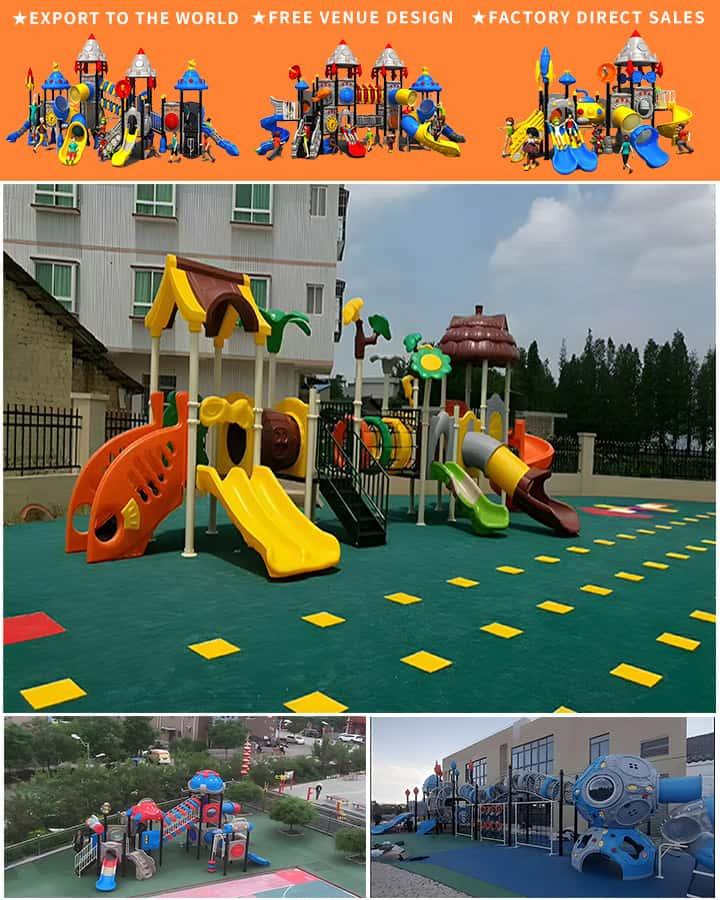In the bustling world of early childhood education, creating an environment where preschoolers can play, explore, and develop essential skills is paramount. Indoor playground equipment for preschoolers has become a vital component in achieving this goal, blending safety, fun, and educational value seamlessly. This article delves into the importance of indoor playground equipment, the benefits it offers, and tips on selecting the right equipment to foster a nurturing and stimulating environment for young children.
The Importance of Indoor Playground Equipment
Indoor playground equipment serves as a cornerstone for physical development in preschool settings. At this critical age, children require opportunities to enhance their motor skills, coordination, and strength. Climbing structures, slides, and balance beams are just a few examples of indoor playground equipment that promote these physical activities. Engaging with such equipment helps preschoolers build confidence and improve their ability to navigate their surroundings safely.
Benefits Beyond Physical Development
While physical growth is a primary benefit, the advantages of indoor playground equipment extend far beyond. These spaces encourage social interaction, teaching children how to cooperate, share, and resolve conflicts—crucial skills for their emotional and social development. Additionally, the imaginative play that often accompanies time spent on playgrounds stimulates cognitive development. As children create stories and scenarios during play, they enhance their language skills, problem-solving abilities, and creativity.
Safety First: Key Considerations
Safety is the most critical concern when it comes to indoor playground equipment. Here are some key considerations to ensure the well-being of preschoolers:

Age Appropriateness: Equipment should be suitable for the children’s age group. Preschoolers have different needs compared to older children, so selecting age-appropriate equipment ensures both safety and enjoyment.
Material Quality: High-quality materials that are non-toxic and durable are a must. This reduces the risk of injuries from breaking or wearing out quickly.
Supervision: Adequate adult supervision is crucial. Ensure there are enough caregivers to watch over the children and prevent accidents.
Maintenance: Regular maintenance checks are essential to identify and fix any potential hazards promptly.
Selecting the Right Equipment
Choosing the right indoor playground equipment involves understanding the specific needs and interests of the preschoolers. Here are some popular options:
Climbing Structures: These help develop gross motor skills and provide an excellent outlet for energetic children. Options like climbing walls, small boulders, and rope ladders can be both challenging and fun.
Slides: A classic favorite, slides offer thrilling fun while aiding in the development of spatial awareness and body coordination.
Balance Beams and Obstacle Courses: These promote balance, coordination, and concentration. They challenge children to focus and move carefully, enhancing their fine motor skills and self-control.
Interactive Panels: Incorporating technology, interactive panels can engage children in educational games and activities, blending physical play with learning.
Soft Play Areas: Filled with foam mats and soft shapes, these areas provide a safe space for younger children or those needing a break from more active play.
Conclusion
Indoor playground equipment for preschoolers is more than just a source of entertainment; it plays a significant role in their holistic development. By offering a safe, engaging, and educational environment, these play areas help children grow physically, socially, and cognitively. When selecting equipment, prioritizing safety, quality, and appropriateness for the children’s age and interests will create an optimal playground experience that nurtures young minds and bodies. Investing in high-quality indoor playground equipment is an investment in the future of our youngest learners, providing them with the foundational skills they need to thrive.




